Bulbs
Flower Basics
Flower Beds & Specialty Gardens
Flower Garden
Garden Furniture
Garden Gnomes
Garden Seeds
Garden Sheds
Garden Statues
Garden Tools & Supplies
Gardening Basics
Green & Organic
Groundcovers & Vines
Growing Annuals
Growing Basil
Growing Beans
Growing Berries
Growing Blueberries
Growing Cactus
Growing Corn
Growing Cotton
Growing Edibles
Growing Flowers
Growing Garlic
Growing Grapes
Growing Grass
Growing Herbs
Growing Jasmine
Growing Mint
Growing Mushrooms
Orchids
Growing Peanuts
Growing Perennials
Growing Plants
Growing Rosemary
Growing Roses
Growing Strawberries
Growing Sunflowers
Growing Thyme
Growing Tomatoes
Growing Tulips
Growing Vegetables
Herb Basics
Herb Garden
Indoor Growing
Landscaping Basics
Landscaping Patios
Landscaping Plants
Landscaping Shrubs
Landscaping Trees
Landscaping Walks & Pathways
Lawn Basics
Lawn Maintenance
Lawn Mowers
Lawn Ornaments
Lawn Planting
Lawn Tools
Outdoor Growing
Overall Landscape Planning
Pests, Weeds & Problems
Plant Basics
Rock Garden
Rose Garden
Shrubs
Soil
Specialty Gardens
Trees
Vegetable Garden
Yard Maintenance
How to Identify and Eliminate Orchid Pests
How to Identify and Eliminate Orchid Pests. There are a number of different pests commonly associated with orchids. Here is a brief description of how to identify each type and how to get rid of them.
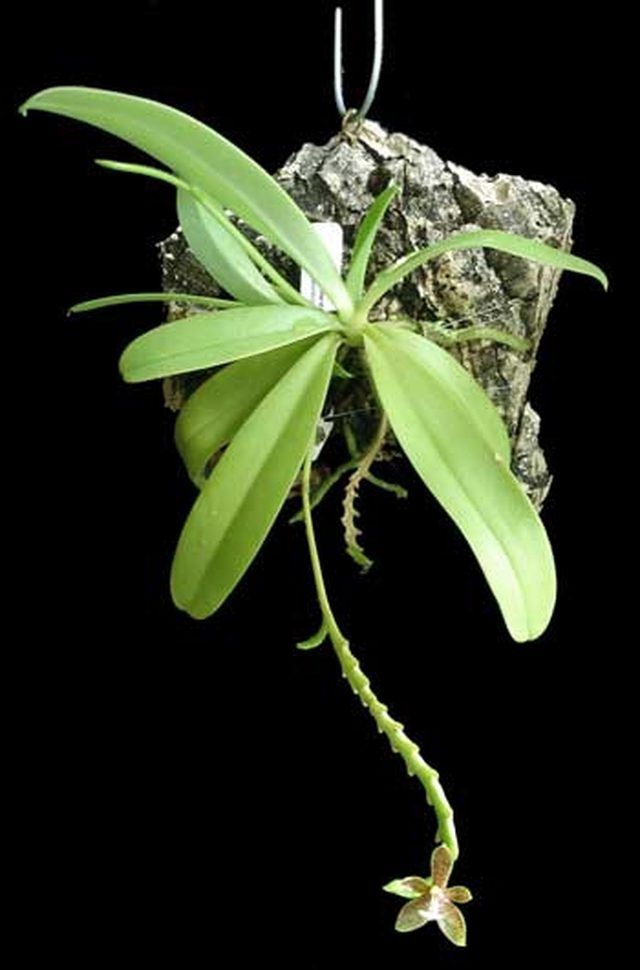
There are a number of different pests commonly associated with orchids. Here is a brief description of how to identify each type and how to get rid of them.
Aphids: Tiny green, white, yellow or pink insects (sometimes winged). Live and feed in colonies on young growth, buds or flowers. Stunt plant growth and spread disease.
Treatment: Calwest Tropical Neem Oil
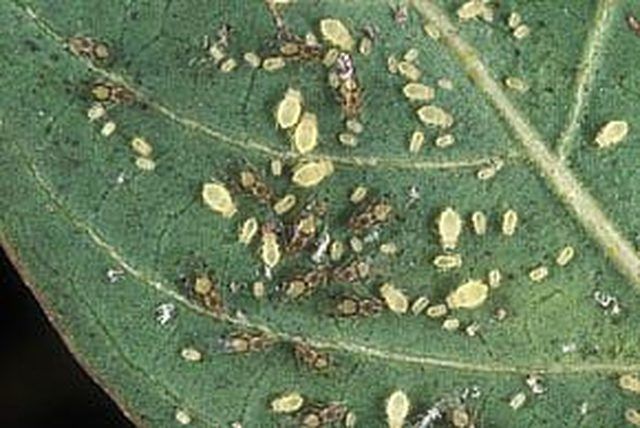
Mealybugs: Small white cotton-like immobile insects. Form colonies at stem joints and near the base of leaves, usually on the underside.
Treatment: Calwest Tropical Neem Oil, Orange Guard
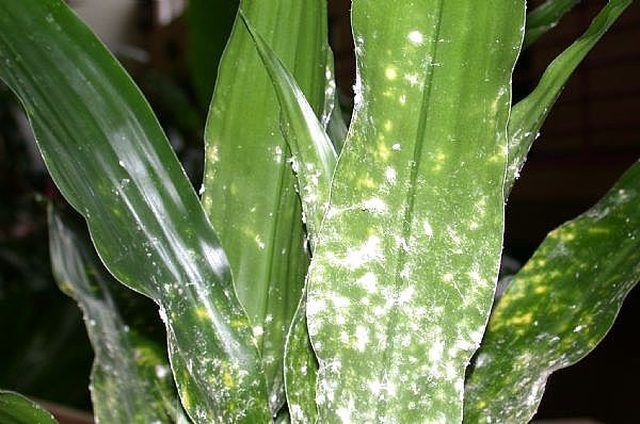
Scale: Small insects generally covered with a protective shell. Form colonies on stems, leaves, bulbs and rhizomes. Can spread fast, often by ants.
Treatment: Calwest Tropical Neem Oil
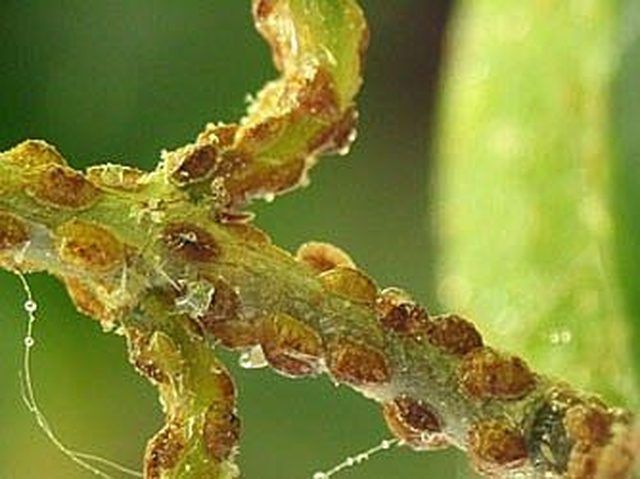
Spider Mites: Generally found on Cymbidiums. Although you need a hand lens to see the mites themselves, the signs of their presence are easily visible. Very small yellow or brown dots on the leaves with silvery webs on the underside.
Treatment: Calwest Tropical Neem Oil
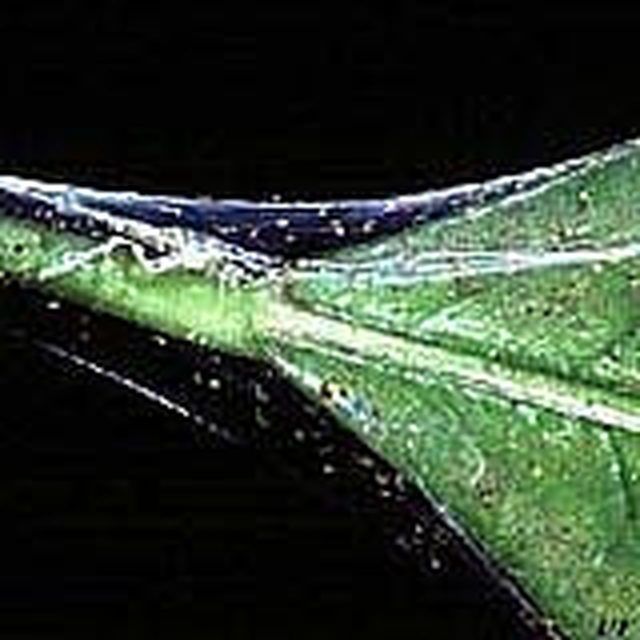
Bacterial Rot: Soft, squishy dark brown/black areas on leaves or roots, usually caused by over-watering.
Treatment: Cut off infected parts and treat with Physan 20. Pruners should be disinfected with Physan 20 after each pruning to prevent spreading. Watering schedule should be reevaluated to reduce risk of recurrence.
Blackened leaf tips: Generally caused by salt in water or bad potting media.
Treatment: Prune off leaf tip with sterile pruners (Physan 20 can be used). Recommend repotting in a high quality fir bark, such as Orchiata, and using a high nitrogen fertilizer (such as Grow More Growth Formula 30-10-10) will help promote new root/leaf growth. Flushing potting media periodically with fresh water will also help prevent future burned leaf tips.
Virus: Will become most visible where chlorophyll in the leaf has been killed. Also can cause wrinkling/withering in leaves/flowers. Flowers will also have a mottled appearance. This is usually spread through infected pruners.
Treatment: None. Destroy infected plant. Pruners should be disinfected with Physan 20.
Tips & Warnings
Neem Oil, Physan 20 and Orange Guard are all available at www.CalwestTropical.com
This is only a brief synopsis of some of the more common pests/diseases. For a more in-depth analysis or orchid pests and diseases, refer to 'Orchid Pests and Diseases' published by the American Orchid Society. It is available at www.CalwestTropical.com
Always be sure to sterilize pruners with Physan 20 after each plant pruned!!! This will eliminate the spread of disease from plant to plant due to cross-contamination.